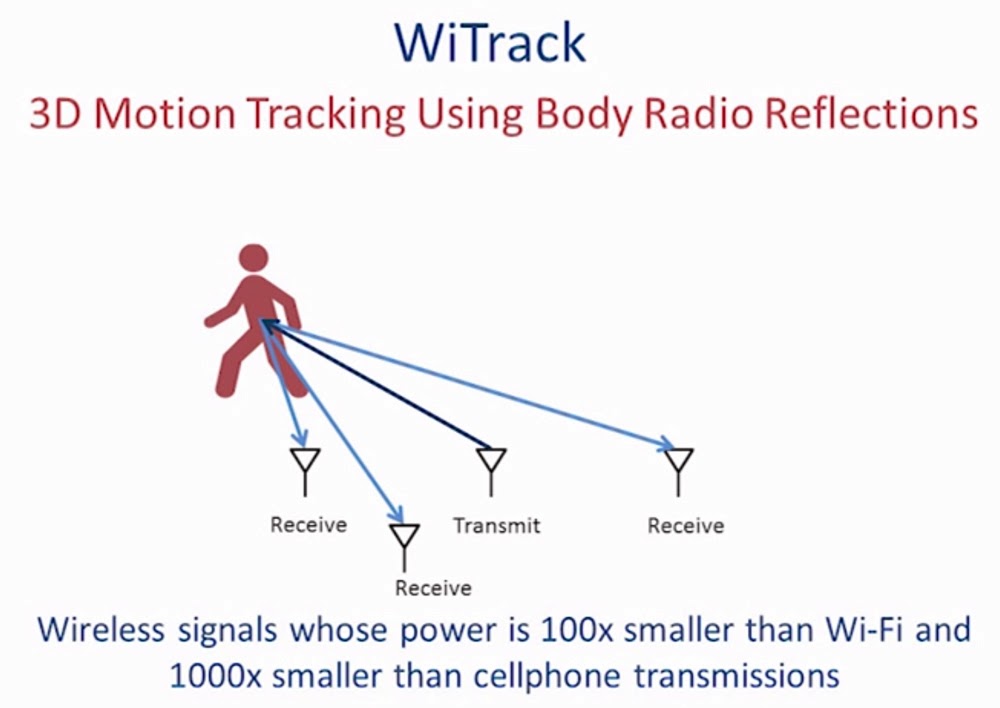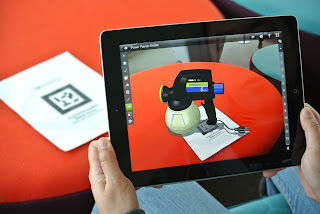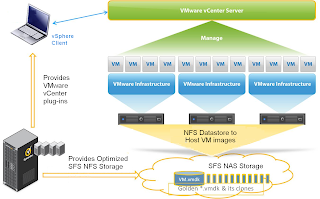Author: Kurnia Cruzz
This
year Google celebrated its 15th anniversary though it showed none of the
creeping complacency that has derailed other dominant tech companies.
Nevertheless, 2013 was a simply another year for a search giant engine during
which it solidified its place in the center of just about every area of the
internet economy.
One
of the four horsemen of the internet age along with Apple, Facebook and Amazon
(Samsung is angling to be no.5), however Google claimed to be the only one to
compete in all areas including hardware, social networking, retail, TV and of
course search engine. Despite of its
performs that is better in some areas versus others (ahem, Google Plus), you
can’t completely count Google out in any of them as Google has managed to make
huge gains this year of its internet media services even though this seeming
lack of focus.
As a
result of its success a variety of new products releases and acquisitions from
Google Glass to the Moto X to Chrome cast. I have listed up some of Google’s
most important moments over the past year that contributed to its exponential
rise.
1. Google Glass

Since Apple
introduced the iPhone in 2007, Google has been playing catchup. Though this
strategy has proven extremely effective, for the first time in 2013 the mantle
of innovation was passed from Apple to Google. This was largely possible because of Google Glass
known as the first optically-driven wearable computer aimed at general
consumers.
Until 2014
Google Glass isn’t set to hit the mass market but the company began
disseminating units to an unspecified number of “explorers” early this year.
Consequently that led to a wave of publicity and a black lash. Now as the year
comes to close, uncertainty about the viability of the category continued.
The primary
issue of a Google Glass is a chicken-and-egg problem since so few people own a
pair and not yet socially acceptable. A major part of the glass experience is
receiving weird looks from others. However, Google could work out some of those
kinks like having a partnership with fashionable eye wear brand Warby Parker
that would likely yield some less geeky designs. Even if the Glass is colossal
flop, the products has succeeded making Apple look comparatively timid with its
line up of mildly tweaked phone
such as the iPhone 5C or 5S also tablets and rumored iWatch.
2. Android Takes 81% of the Market
.jpg)
Many consumers continue to equate with the iPhone smartphone, four fifth of all smartphones actually using android system that means the market of smartphone is shaping up into a small PC segment. Although in android phone Google play the role as Microsoft in windows which is a cash cow for Microsoft but Google doesn’t actually make money from Android as it was designed to sell advertising with such a large chunk of market which make Google has brilliantly transformed the desktop era to the mobile age.
Different perspective comes from Apple companies regarding Android smartphone market that shaped small PC mobile. This can be seen based on the interview with Bloomberg Business week in September. Apple CEO Tim Cook cited stats showing that despite android’s market-share dominance with 55% of mobile traffic comes from iOS devices and he also indirectly dubbed many of Android-based devices as “junk”which is become a moot point when your intention is to sell ads
3. Google Buys Waze for $1.1 Billion
In 2012 Google maps earned new respect for the world after Apple’s disastrous introduction of maps. The mapping category keeps envolving. Waze is an Israeli company was ahead of the curve with incorporating real-time information such as traffic into maps. Many realized waze was one of very few companies that offer such data along with its own credible mapping infrastructure which set off a bidding war that reportedly included Apple and Facebook. As a result of winning the world respect Google maintained its reputation as the internet’s premier cartographer
4. Moto X Launches
Google and its Motorola Unit announced their first smartphone designed called the Moto X in August (this was also the first major release to follow the company’s $12 billion purchase of Motorola). The moto X bring its touchless control which brings your phone life by uttering “OK Google now”, appeared in a new line of Verizon Droid smartphones the week before the Moto X was unveiled but it seems still lacked any strong differentiators even though the Moto X received positive reviews.
In other words, Moto which was seen as a hedge against patent trolls hasn’t yet seamlessly integrated into the company and appears to be just one of many partners like albeit one that Google owns. As a result of the product reviews it can be said that this wasn’t seen as a breakthrough and a tough challenge with so many other android manufactures.
5. The Introduction of Chromecast
After the Google TV and the Nexus Q, Google tried once again to colonize the TV with Chromecast dongle that looks like a USB drive. The Chromecast attaches to a TV’s HDMI port instead of plugging into a USB port and let you beam content from your computer, phone or tablet into a TV.
Chromecast is a workaround rather than an all-encompassing solution like Apple TV and it seems to finding its audience. In October, Google’s new apparatus was the best-selling gadget on Amazon.
6. Google Stock Hits $1,000
Google stock entered the four-figure range, Joining an elite club including Price line Seaboard and Berkshire Hathaway in October and It was such psychological barriers are often meaningless- a looming stock split will send it back to three digit territory soon but it underscored the company’s stellar financial performance this year.
7. Google Play Passes 50 Billion App Downloads
This summer, as apple announced its 50 billions downloads on the app store Google was also crowing about the same number of downloads. After the app Store, Google play launched as an android market a few months later in 2008. However, Google play was seen as an also-ran next to the app store for much of the ensuing period. This is partially launched happens due to developers generally release iOS versions of their apps ahead of their Android iterations — in fact, often months ahead.
That may be changing, If Android does get the edge in new development, it will be harder for consumers to defend their devotion to iOS as well. With more than 80% of the global market justifying an iOS-first strategy is increasingly difficult.




















.jpg)
.jpg)

















